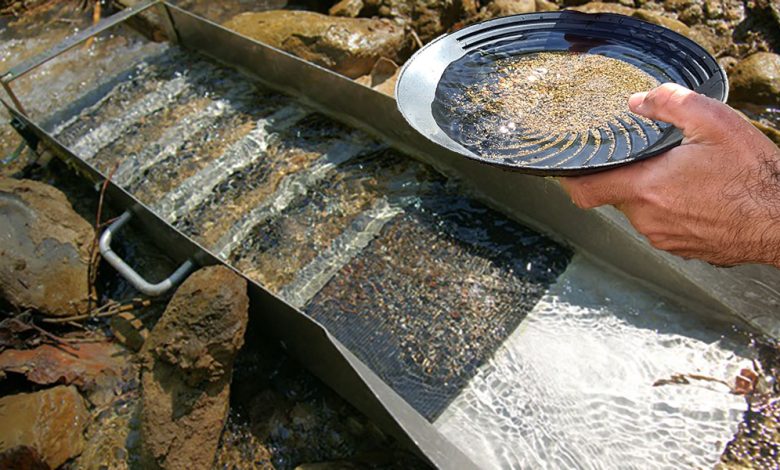Unearthing Gold-Where to Find the Precious Metal

Gold has held a special allure for humanity throughout history. Its intrinsic value, beauty, and rarity make it a coveted precious metal. While gold mining has evolved over the centuries, it is still possible for individuals to try their hand at finding this treasure. So, where can one find gold in the modern world?
1. Rivers and Streams: Panning or sluicing for gold in rivers and streams is a classic and accessible method for gold prospecting. Gold is heavier than most sediments and will settle at the bottom of a river or stream, making it possible to find flakes or even small nuggets with a gold pan and some patience. Known gold-bearing rivers and streams include the American River in California and the Klondike River in Canada.
2. Desert Drywashers: In arid regions, gold can be found in dry riverbeds or washes. Drywashing involves using a drywasher machine to separate gold from other sediments. The drywasher uses air and vibration to sift out the heavy gold particles, making it a suitable method for prospecting in desert environments.
3. Metal Detectors: Modern metal detectors can be a valuable tool for gold prospectors. These devices can detect small traces of gold buried underground, even when it’s not visible to the naked eye. Metal detectors are commonly used in gold nugget hunting, particularly in regions like Australia and the Western United States.
4. Gold Mines: While it might not be practical for individual hobbyists, exploring historic gold mines or visiting active gold mines with guided tours can offer an opportunity to see gold up close and learn about the mining process. Be sure to follow safety guidelines and obtain any necessary permissions.
5. Quartz Veins: Gold often forms within quartz veins in the Earth’s crust. If you are in a region with known gold deposits, searching for visible gold within quartz rocks can be a rewarding endeavor. Break open rocks and inspect for telltale signs of gold, like shiny yellow specks or veins.
6. Beach Sands: Gold can also be found along coastal areas, primarily in black sands. Beachcombers with metal detectors have been known to find gold jewelry or small gold nuggets in these black sands, which result from the erosion of gold-containing rocks.
7. Gold Paydirt: For those who want to try their hand at gold panning without venturing into the wilderness, there are companies that sell “paydirt” – bags of sand or gravel with added gold flakes or nuggets. It’s a fun and educational way to practice gold panning at home.
It’s important to note that gold prospecting may require permits or permissions, depending on the location and local regulations. Additionally, it can be a challenging and sometimes frustrating hobby, as finding significant amounts of gold is not guaranteed. However, the thrill of the hunt and the potential for discovery continue to drive gold prospectors in their pursuit of this precious metal.
In conclusion, the pursuit of gold is a timeless endeavor that has fascinated people for centuries. Whether you’re a serious prospector or just looking for a fun outdoor activity, there are various ways to try your luck in the search for gold. Remember to follow local laws and regulations, respect the environment, and enjoy the adventure of hunting for this rare and valuable metal.

